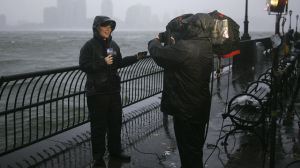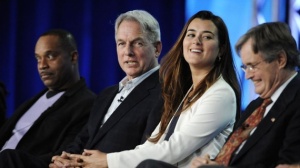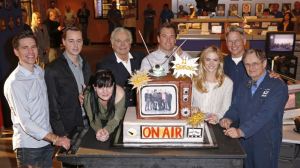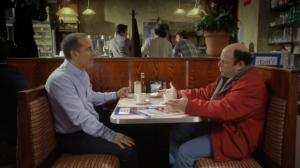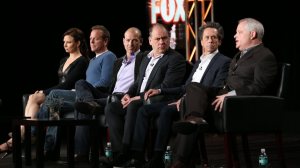As the Weather Channel prepares to launch its new morning show, AMHQ with Sam Champion, I spoke with Champion and Weather Channel President David Clark (in interviews I conducted back at TCA winter press tour) about the network’s plans to keep audiences tuned in for more than 15 minutes.
Almost 10 million viewers tune in—and tune out—each morning. During the first eight weeks of 2014, the Weather Channel network enjoyed an enormous “reach” weekdays between 7 and 10am, with 9.5 million adults 25-54 (the advertising demographic most prized in cable news) tuning in for at least one minute. That number dwarfed the reach of the cable news networks during the same period: 8.3 million for CNN, 7.8 million for Fox News and 5.6 million for MSNBC.
But that morning audience isn’t sticking around. The Weather Channel’s average morning tune-in was 15.15 minutes, compared to 25.12 minutes for Fox News, 24.96 for MSNBC and 15.91 for CNN. “We have enormous reach in the morning, but it’s sporadic,” Weather Channel President David Clark told Quartz. “We felt there was an opportunity to put a big show there and change the relationship from a place where people come to check their weather to a place where people come to get a show and be part of their daily routine.”
Champion also talks about why viewers should watch the network as opposed to just getting weather info from the Weather Channel app, and his plans to expand the scope of the network’s weather coverage.
How the Weather Channel plans to keep you tuned in for more than 15 minutes
